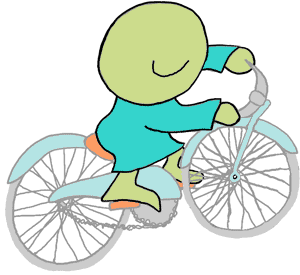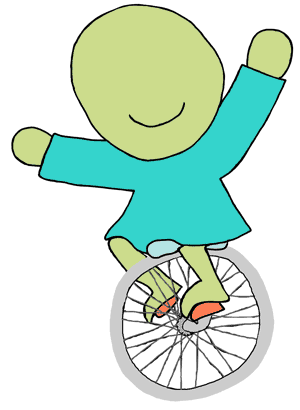What is the Law of Similarities?
How do patterns of thought work?

Without patterns we would be lost in details. We would be constantly overwhelmed by choices.
Patterns save us and allow us to make common functions into habits. It allows us to see patterns of thought in new places.
It is the Law of Similarities.
If it is similar to something you have encountered before it shares characteristics with that something.
If it looks like balance it is balance. You need to learn balance to walk. You can then move to more complex balancing patterns.
On the surface this is good. Once you know how to ride a bicycle you don’t consciously balance. You just flow with the rhythm of balance. Your body notices the combination.
You have established a learned behavior. Because you recognize the patterns you can access the bike riding combination. This is true today or twenty years from now.

The law of similarities allows you to connect known patterns of thought with new experience. Once you have established a pattern your body eases into the flow of body movement.
You can now add to your skill. Your hands become free to wave at a passing friend without clutching the handle bars.
You become one with the bike and it becomes an extension of you. You become one with the pattern and it becomes a string of automatic connections.
It also traps you in patterns of thought. This is how you get stuck in your past history of patterns. A pattern is a sequence of events that trigger certain responses. You could call it, your habitual way of reacting.
Thoughts are the underlying pattern that your freewill uses to decode your requests. If you think that a unicycle is difficult to ride you will have anxiety and trouble mastering that skill.
But if you notice that when you are on a flat surface you can easily ride your bike with no hands. You have a skill that would aid the transition to unicycle riding. That thought allows you to think that unicycle riding is possible in your mind.
You have opened the door to possibilities. You have made the first step to the next skill level. You have now given yourself permission to try.
"Permission to try" is huge.
- It is noticing that you are in control of your patterns of thought.
- You change outcomes as you change patterns.
- The Law of Similarities allows you to notice and take control of your thought patterns.
This allows you to view and release or polishes and refines your point-of-view.
Patterns
Your senses trigger patterns that produce reactions. Related patterns combine to form your unique flavor of response.
Synchronicity
Synchronicity tells you you’re on target. It is the universe letting you know that you are using your intuition and clearing limitations.




